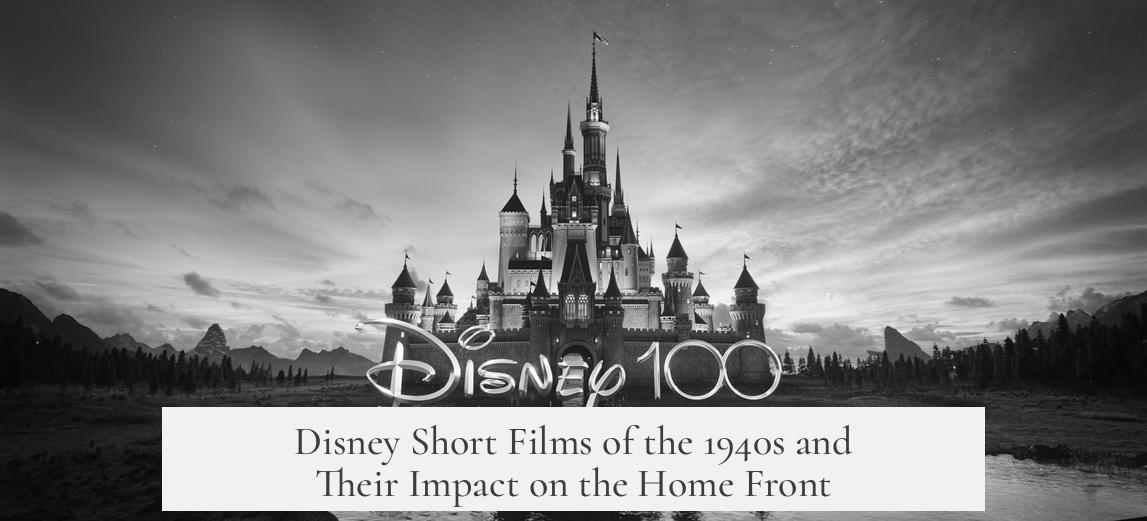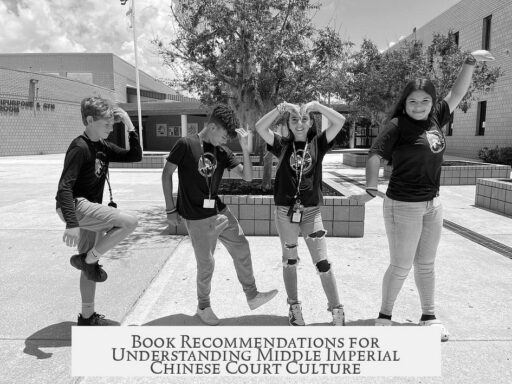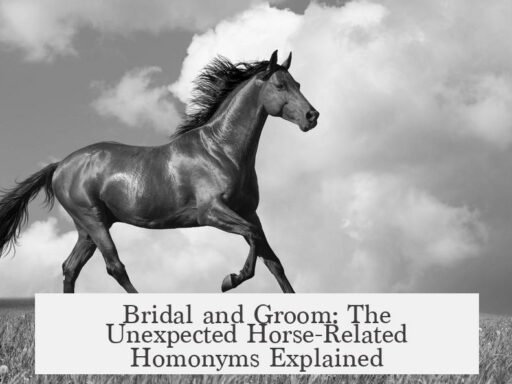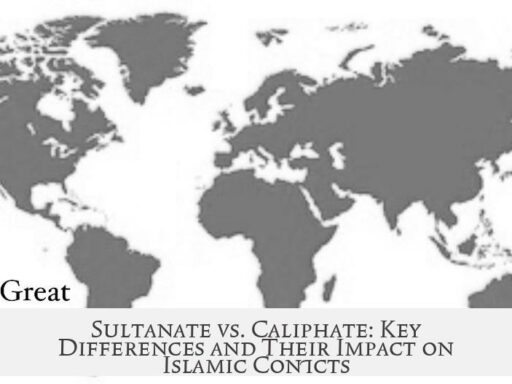Disney’s short films during the 1940s significantly influenced the American home front by serving as government-sponsored propaganda tools, supporting military training, and maintaining public morale throughout World War II. These films shaped public attitudes towards the war effort, promoted financial participation in it, and helped sustain Disney’s production during challenging times.

The main focus of Disney’s wartime shorts was to support the U.S. government’s goals. The studio produced animated shorts designed to encourage citizens to buy war bonds and pay their taxes, essentially fueling the financial backbone of the war effort. Disney joined government efforts extensively, benefiting from government contracts that guaranteed their shorts an assured audience. Unlike their usual objective of maximizing profits or entertainment value, Disney’s wartime projects prioritized influencing public opinion and behavior to support the war. This distinguished their work from commercial entertainment and aligned them closely with national interests.
In addition to propaganda aimed at the general public, Disney collaborated closely with the U.S. military. The studio contributed training and orientation films, often made in cooperation with the military’s First Motion Picture Unit. Disney had liaison officers dedicated to coordinating these efforts, which embedded the studio deeply within the military’s visual communication network. These training films helped prepare soldiers and personnel for their duties, indicating that Disney’s wartime output had both civilian and military significance.
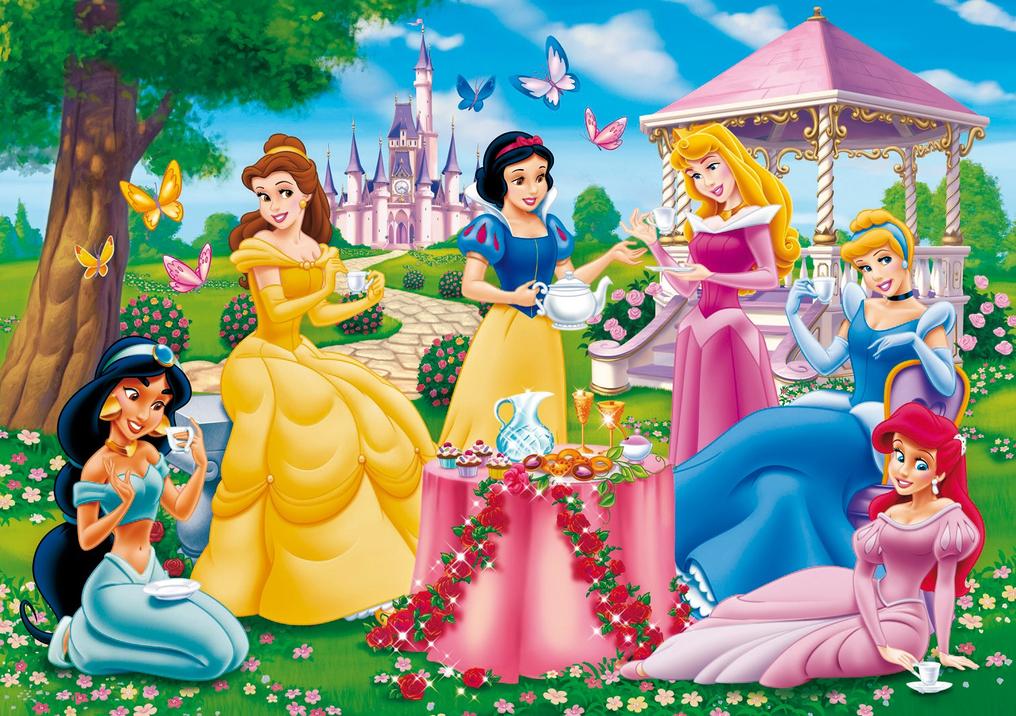
Despite the shift toward propaganda and training content, Disney maintained steady production of animated shorts. These films remained popular with the public, often shown before feature presentations in theaters, helping keep morale high. Measuring their direct impact is difficult, as concrete metrics on public persuasion or bond sales from these shorts are scarce. However, their wide distribution and popularity suggest a successful effect on public support and participation in the war effort.
Comparing Disney’s wartime shorts to other contemporary propaganda cartoons reveals their relative restraint. Disney produced a few notable anti-Nazi pieces, such as Der Fuehrer’s Face and Education for Death, which conveyed strong political messages with clear artistic quality. They also created anti-Japanese films like Commando Duck, though these included caricatures typical of the era. In contrast, other studios like Warner Bros. and Fleischer Studios embraced far more extreme and, by modern standards, offensive portrayals of enemy nations. For example, characters like Bugs Bunny participated in racially insensitive wartime messaging, a practice less evident in Disney’s propaganda. This relative restraint helped Disney’s wartime shorts age better culturally.
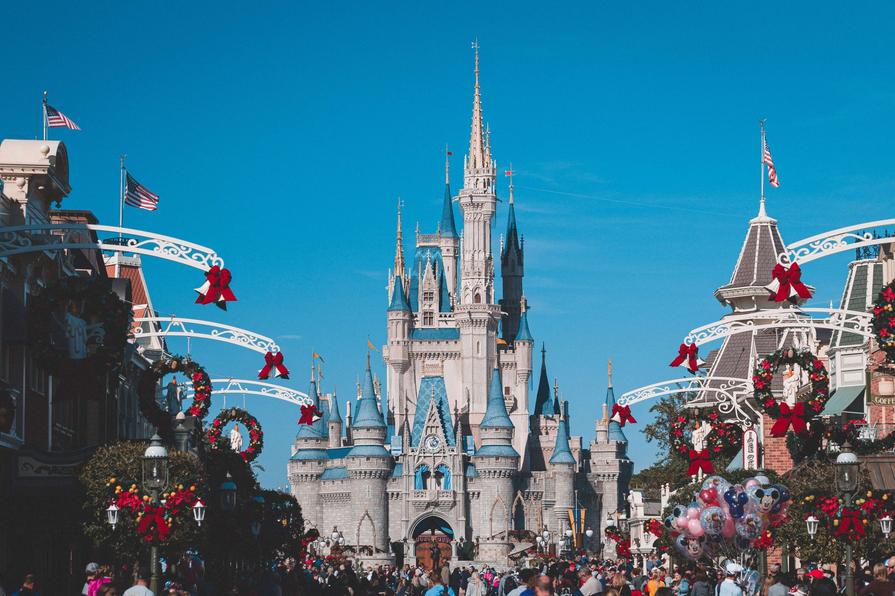
The war also altered Disney’s full-length film production schedule. Prior to the war, Disney released major titles such as Snow White, Pinocchio, Fantasia, Dumbo, and Bambi. These often required substantial resources amid labor and material constraints brought by the war. Consequently, full-length productions became less frequent and more financially risky during the 1940s. By contrast, short films were quicker and less costly to produce, allowing Disney to maintain a steady flow of new content. This helped keep the studio active and publicly visible despite wartime limitations.
The popularity of Disney shorts during the war may not directly translate to today’s context because theatrical shorts declined with television’s rise. However, in the 1940s, these shorts were a primary vehicle for animated content and enjoyed exposure alongside major film releases. Thus, Disney’s wartime output significantly helped shape public opinion, support military needs, and stabilize the studio’s operations during an intense global conflict.
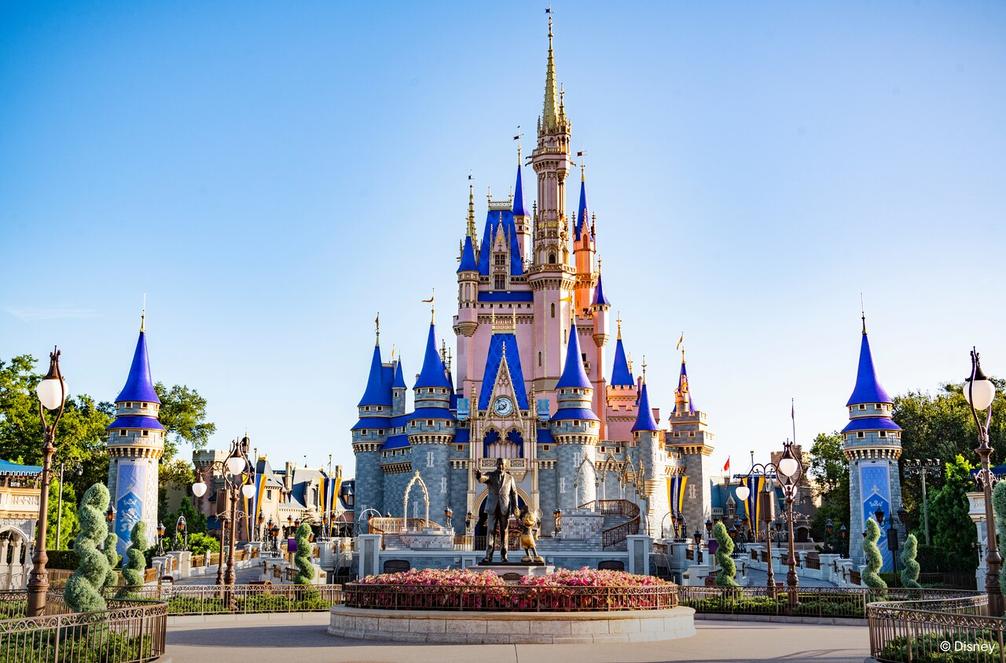
- Disney’s 1940s short films served mainly as government propaganda to promote war bonds and tax payments.
- The studio collaborated closely with the military, producing training and orientation films that supported troop preparedness.
- Public reception was positive, making these films effective tools to influence home front morale and financial participation.
- Their propaganda was more restrained and culturally sensitive compared to contemporaneous cartoons from other studios.
- Wartime conditions reduced full-length film production, so short films became a key focus, maintaining Disney’s output and public presence.
How Did the Disney Short Films of the 1940s Impact the Home Front?
The Disney short films of the 1940s played a key role in shaping public opinion and morale on the home front during World War II. These animated shorts, largely government-sponsored, aimed not just to entertain but to promote crucial wartime initiatives such as buying war bonds and paying taxes. Let’s dive into how these cartoons influenced everyday Americans while proving Disney could tackle more than just fairy tales.

When the world was locked in conflict, Disney transformed from a purveyor of innocence to a meaningful propaganda machine. It’s not just about Mickey Mouse’s adventures anymore; it’s about motivating a nation.
The Purpose and Content: Propaganda with a Smile
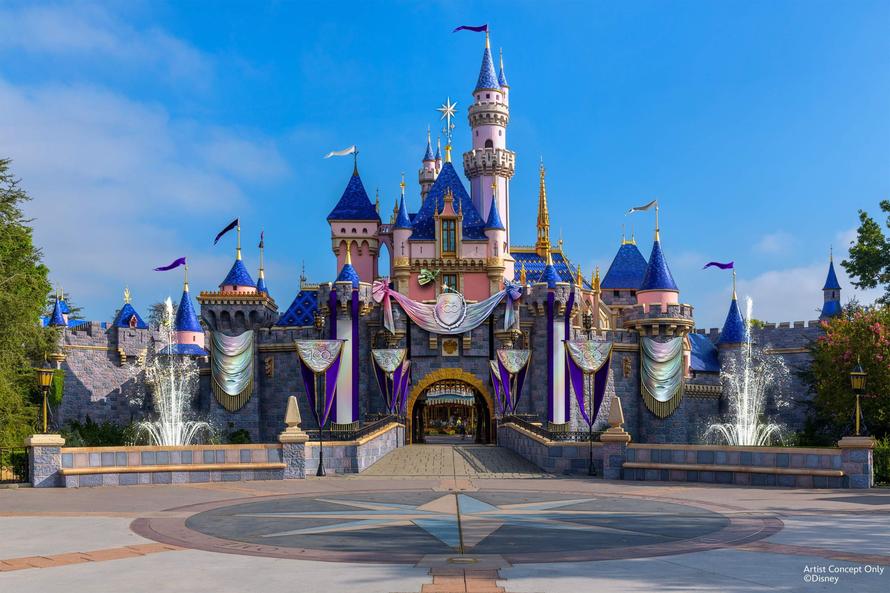
Unlike today’s focus on box office hits, Disney’s 1940s shorts had a distinct mission: serve the war effort. Most were sponsored by the U.S. government and aimed to encourage citizens to support the war financially through taxes and war bonds. Some shorts, like the famous Der Fuehrer’s Face, were bold anti-Nazi statements, blending humor with pointed political messages. These films weren’t designed for pure entertainment or profit—Disney knew their role was to inspire and influence.
Imagine going to the movies, expecting lighthearted fun, then having Donald Duck wear a swastika and mock enemy leaders. It caught people’s attention in a way that newsreels or speeches might not. Yet Disney kept a balance—only a few shorts went full force into propaganda, keeping the tone approachable and sometimes downright funny.

Working Side-by-Side with the Military
Movie magic met military precision as Disney collaborated closely with the U.S. military during the war. They didn’t just push propaganda; they created training and orientation films too. Disney animated sequences explaining complex procedures, from maintaining aircraft to using new equipment, making boring manuals come alive.
The studio had liaison officers embedded to coordinate with military needs. Films produced for the First Motion Picture Unit and for Frank Capra documentaries ensured Disney was more than just a civilian studio—it was a wartime asset. These efforts reached beyond cinemas, directly supporting soldiers and personnel who needed clear, engaging instruction.
Public Reception: A Hit with the Home Crowd
The question often pops up: Did these short films really work? While exact measures of impact don’t exist, their popularity and distribution suggest yes. Animated shorts were shown before main features in theaters, guaranteeing wide audiences. People went to see their favorite cartoons, and while there, absorbed pro-war messages wrapped in humor and art.
This approach made the messages less preachy and more palatable. The public embraced these films, making them an effective tool for the government’s goals. The familiar characters softened the blows of harsh realities, boosting morale and patriotism.
Disney’s Style vs. Other Wartime Cartoons
Interestingly, compared to contemporaries like Popeye, Superman, and Looney Tunes, Disney took a more restrained path. Those studios indulged in exaggerated, often offensive caricatures, particularly of the Japanese, reflecting the unfortunately common prejudices of the time.
Disney’s propaganda films, while including some stereotypes—as in Commando Duck—tended to maintain a level of decorum that age better. For example, Looney Tunes shockingly featured war bond ads with Bugs Bunny in blackface! Disney avoided such extreme choices, ensuring their shorts aged more gracefully (though by today’s standards, all wartime propaganda warrants critical viewing).
How the War Changed Disney’s Entire Production
The war years forced Disney to scale back on full-length features. Between 1937 and 1942, classics like Snow White, Pinocchio, Fantasia, Dumbo, and Bambi were released. But wartime cost constraints and the need for rapid, focused output shifted Disney’s attention almost entirely to shorts.
These shorter productions were cheaper, quicker to produce, and fit perfectly into government contracts. While full-length movies became rarer, the studio maintained its presence in theaters through these influential shorts. Such films also kept Disney’s connection to the public alive during uncertain times.
The Broader Impact: Beyond Profits and Box Office
When you think of Disney, profits and entertainment usually come to mind. During the 1940s, however, this wasn’t the priority. The studio’s war efforts weren’t about money—they were about contributing to the national cause. Most productions were government-funded, guaranteeing a vast audience and steady work during tough economic times.
This unique period showcased Disney’s ability to adapt creatively. It also proved animation’s power as a tool beyond entertainment—to educate, to influence, to unite a country facing global threats.
What Can We Learn from This Today?
In a world inundated with media, Disney’s wartime approach highlights the importance of storytelling that resonates emotionally and intellectually. These shorts demonstrate how entertainment can blend with civic duty, motivating people to act without feeling preached to.
Think about public service announcements or educational campaigns today. They can take a cue from Disney’s 1940s work: funny, engaging, respectful, and clear. If cartoon ducks can help win a war, imagine what well-crafted media can do in our current challenges.
Wrapping Up: A Legacy of Influence and Innovation
Disney’s 1940s shorts didn’t just keep audiences entertained; they supported America’s war effort at home. Their well-crafted propaganda promoted vital actions like buying war bonds, encouraged unity, and even trained soldiers through film. Coordinating closely with the military, Disney proved animation’s role beyond fantasy.
While the era’s content reflects its time, with certain stereotypes present, Disney’s relatively restrained and tasteful approach still manages to engage modern viewers in a unique way. In adapting to wartime constraints, Disney showed resilience by shifting focus while maintaining connection with audiences.
So next time you think of classic Disney, remember the hidden weapon these shorts represented — cartoons that quietly rallied a nation, proving that even a mouse can make a mighty impact on history.
What role did Disney short films play in supporting the war effort on the home front?
Disney short films promoted paying taxes and buying war bonds. They served as government propaganda to encourage support for the war. Many were made under government contracts to reach a wide audience effectively.
How did Disney collaborate with the military during the 1940s?
Disney produced training and orientation films for the US military. They worked closely with liaison officers and contributed to First Motion Picture Unit projects. A significant part of their output was directed at military use.
Were Disney’s wartime shorts popular and impactful among the public?
The shorts stayed popular and widely seen throughout the war. While exact measures are hard to find, the general reception suggests they were effective in influencing public attitudes.
How did Disney’s propaganda compare to other studios’ wartime cartoons?
Disney’s propaganda was relatively restrained and tasteful. Unlike some studios, their films avoided harsh racial caricatures prevalent in others like Looney Tunes or Popeye, making Disney’s content less offensive today.
What impact did WWII have on Disney’s full-length animated film production?
The war made full-length film production costly and challenging, leading to cutbacks. Disney focused more on shorts, which remained popular despite the decline in feature releases during this time.

